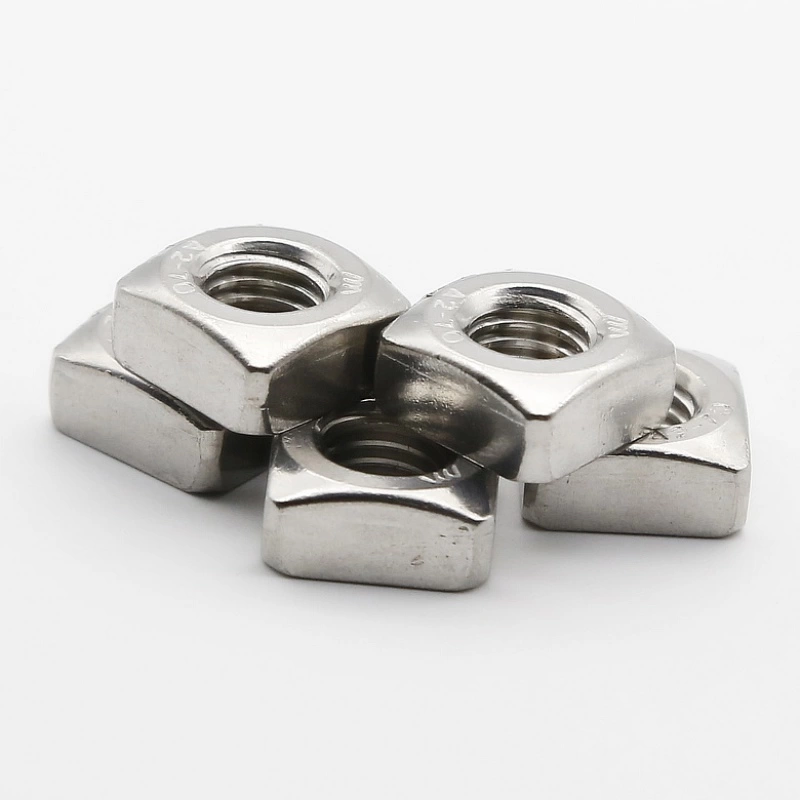

Exploring the World of Fasteners Through Engaging Video Content
Dec . 05, 2024 08:52 Back to list
Exploring the World of Fasteners Through Engaging Video Content
Understanding Fasteners An Essential Component in Engineering and Construction
Fasteners are ubiquitous in our daily lives, yet most of us overlook their importance. From holding together the frame of our cars to assembling furniture, fasteners play a crucial role in ensuring stability and security. In this article, we will explore the various types of fasteners, their applications, and the technology behind their manufacturing, culminating in a discussion on the educational resources available, including informative videos that can enhance our understanding of this essential component.
The Types of Fasteners
Fasteners come in a variety of shapes and sizes, each designed for specific applications. The most common types of fasteners include
1. Bolts Typically used in construction and machinery, bolts are cylindrical rods with external threads. These are often used with nuts to join two or more parts together securely.
2. Nuts Nuts are hexagonal blocks with internal threads designed to fit onto bolts, providing a tight fastening bond. They are often used in conjunction with washers to distribute the load across a larger surface area.
3. Screws Similar to bolts, screws can be differentiated by their threads. They are usually driven into materials and can create their own thread in softer materials like wood.
4. Rivets Used in situations where high strength and permanence are required, rivets are often found in heavy machinery and aircraft. A rivet is typically a metal pin that holds materials together by being deformed on one end.
5. Washers These flat discs are placed under nuts and bolts. They help distribute the load, prevent loosening due to vibrations, and protect the surface of the material being fastened.
Each fastener type has its own specific purpose and ideal application, making it critical for engineers and builders to choose the right one for their projects.
Manufacturing Technology
The production of fasteners involves several sophisticated processes, from raw material selection to the final packaging. Most fasteners are made from metals like steel, stainless steel, brass, or aluminum, chosen for their strength and corrosion resistance. The manufacturing processes can include
fastener video

- Forging This process involves shaping the metal using compressive forces. It creates a strong, dense material that can withstand high stress.
- Machining This includes cutting away excess material to create precisely shaped fasteners. It is often used for custom fasteners.
- Heat Treatment Fasteners are often heat-treated to enhance strength and hardness, making them more suitable for high-stress applications.
- Coating To prevent corrosion and enhance appearance, fasteners are often coated with materials such as zinc, chrome, or plastic.
Understanding the manufacturing processes behind fasteners helps us appreciate their design and functionality, ensuring that we make informed decisions when selecting fasteners for our own projects.
Educational Resources
In today’s digital age, video content has become an invaluable resource for learning. A wealth of fastener-related videos can be found online, covering topics from manufacturing processes to installation techniques. These videos can provide step-by-step guidance that enhances our practical understanding of fasteners.
For instance, a fastener video tutorial might show the proper way to install bolts and nuts in a construction setting, illustrating the common mistakes and tips for achieving a secure fit. Furthermore, videos can showcase different fastener materials, helping viewers comprehend the advantages and disadvantages of each type.
Conclusion
Fasteners may be small components, but they hold immense importance in the construction and engineering industries. Understanding their types, manufacturing processes, and applications allows us to appreciate their role in creating safe and functional structures. As we continue to rely on technology for educational purposes, resources like fastener videos can significantly enhance our knowledge and skills. Whether you are a DIY enthusiast, a student, or a seasoned professional, embracing the education available can ensure that you become adept at selecting and using fasteners correctly.
In summary, the next time you look at a sturdy piece of furniture or a well-built structure, consider the fasteners that make it all possible. They are the unsung heroes of engineering, quietly holding our world together.
Latest news
-
High-Strength Hot Dip Galvanized Bolts - Hebei Longze | Corrosion Resistance, Customization
NewsJul.30,2025
-
Hot Dip Galvanized Bolts-Hebei Longze|Corrosion Resistance&High Strength
NewsJul.30,2025
-
High-Strength Hot-Dip Galvanized Bolts-Hebei Longze|Corrosion Resistance&High Strength
NewsJul.30,2025
-
Hot Dip Galvanized Bolts-Hebei Longze|Corrosion Resistance&High Strength
NewsJul.30,2025
-
Hot Dip Galvanized Bolts - Hebei Longze | Corrosion Resistance, High Strength
NewsJul.30,2025
-
High-Strength Hot Dip Galvanized Bolts-Hebei Longze|Corrosion Resistance, Grade 8.8
NewsJul.30,2025

